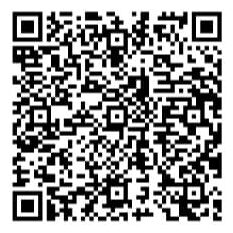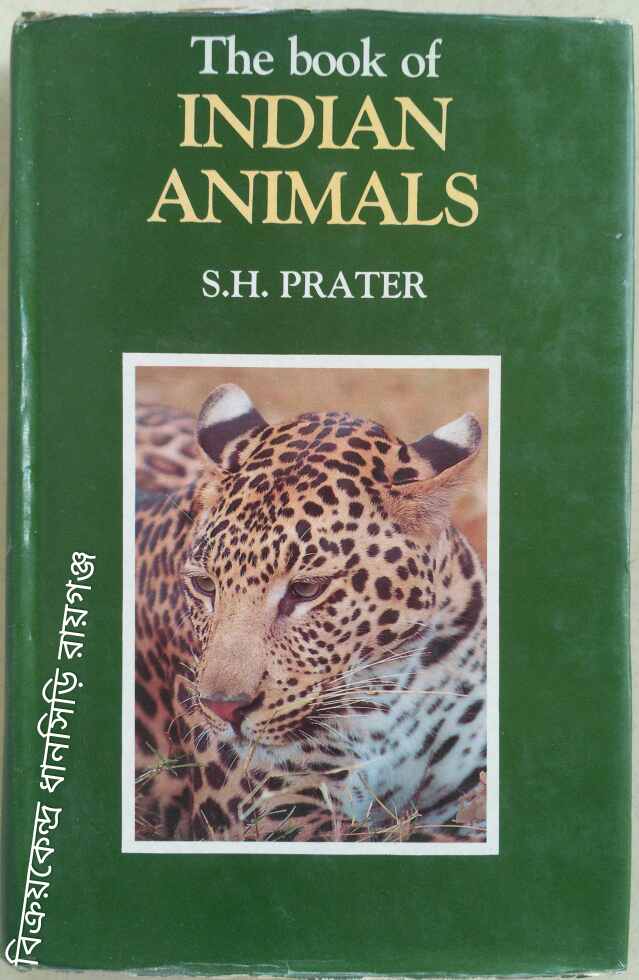This book describes and illustrates the best known mammals of India, their habitat, distinctive characteristics, distribution, and other relevant features. It is based on all the available literature, in particular on the observations of sportsmen and naturalists who have contributed to the pages of the Journal of the Bombay Natural History Society for over eighty years.The book contains twenty-eight full-colour plates drawn by the distinguished artist M. Paul Barruel depicting 141 species of animals, and in addition 41 monochrome plates and a four-colour map of India showing Climatic Forest Types and Distribution of the Geographical Races of the Indian Giant Squirrel.The Musk Deer holds a place between the deer and the antelopes. It is regarded as an undeveloped form of deer which has not progressed with the rest of its family. It is hornless and has no face glands. These are generally present in all deer, and it has a gall bladder which no deer possesses. In some ways it has taken a special line of development of its own. This is seen in its possession of a caudal gland and a musk gland. The tail of a Musk Deer is peculiar. It is completely buried in the long hairs of the anal region and is for the most part naked except for a large tuft at the tip and a tuft at the base which covers its upper surface
and sides. The lateral surface of the tail bears in its flaccid skin a narrow slit which is the opening of the caudal gland. The musk gland is situated beneath the skin of the abdomen of the males.When fresh its secretion has an unpleasant, pungent, urinary odour:when dry it acquires the scent of musk. Valued as a commercial product, it induces the persecution of the species. From the great development of the caudal and musk glands it is inferred that in this deer the females seek out the males in the breeding season.Finally, Musk Deer have specially mobile feet, the long pointed
central hooves and unusually large lateral hooves being well adapted to give it a foothold on snowy slopes and slippery rocks. The absence of horns is compensated for by the great development of the canine teeth, particularly in the males.
The Book of Indian Animals -S.H. Prater
Click on the button below to contact us on WhatsApp, and buy.
HOW TO PAY
You can pay send your payment at any of the following UPI IDs, or scan the QR code, or send the payment directly to our bank:
INDIA POST PAYMENTS BANK

(IPPB) UPI ID= 9563646472@postbank
Malay De Sarkar
A/C No: 100005759940
IFSC: IPOS0000001
Mobile: 9563646472
STATE BANK OF INDIA

(SBI) UPI ID= 9563646472@sbi
Malay De Sarkar
A/C No: 32004843406
IFSC: SBIN0000162
Mobile: 9563646472


